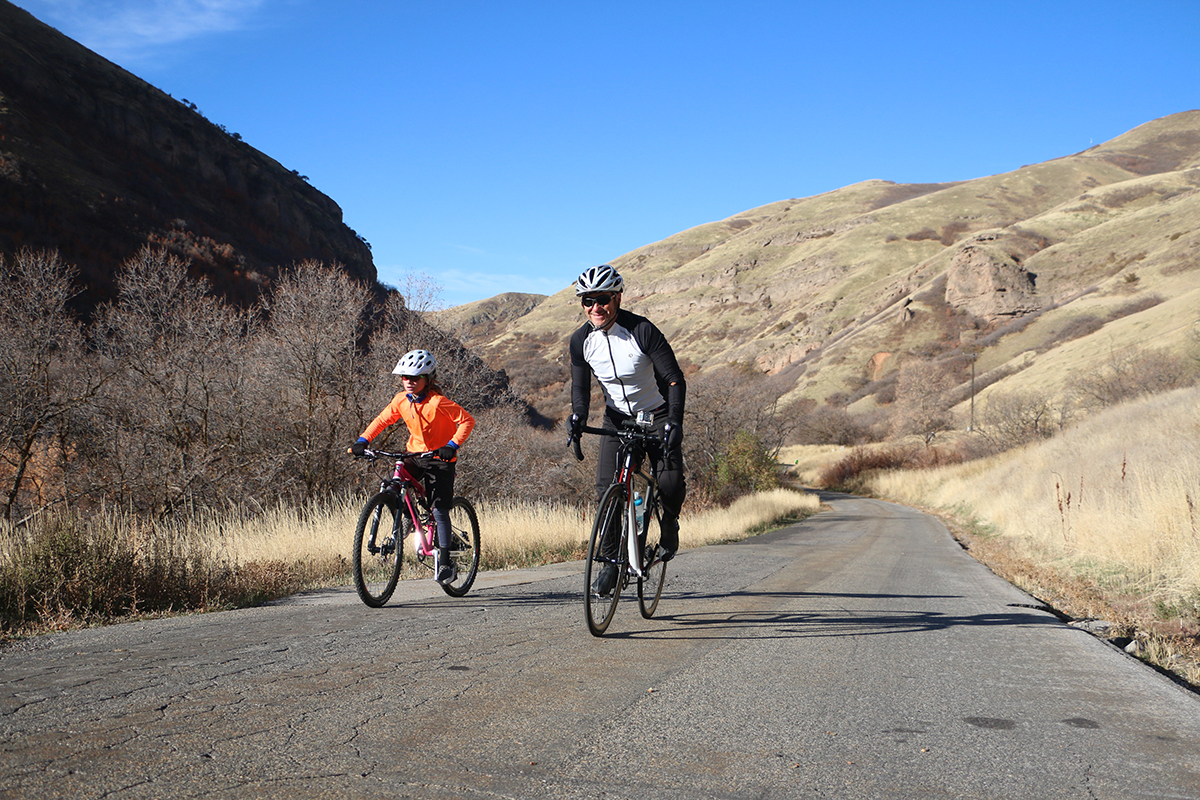By Charles Pekow
Advocates for bicycling and walking have done more than try to give a red light to congressional efforts to cut off their federal funding. They have been reporting on the extent to which people are actually using the available infrastructure – crucial data in evaluating these efforts.
Programs from Transportation Enhancements to Safe Routes to School are endangered because congressional Republicans have pushed legislation to end funding for the programs. They say we can’t afford them or that it should be up to the states to decide how to use their transportation dollars.
But just before the debate began on the House and Senate floors, the Alliance for Biking & Walking issued the third in its ongoing series of biennial reports on the status of bicycling and walking in the United States.
The Alliance looked at data from every state and compiled what it found in the Bicycling & Walking in the United States 2012: Benchmark Report.
And while advocates are trying to use the data to show that we need more support, let’s take a look at how Utah and Idaho compare with the rest of the nation in terms of pedal and foot power. The scores reflect a combination of pedestrian and cyclist data.
The Alliance uses the data it collects to argue that biking and walking are disproportionately dangerous and get a disproportionally small share of federal transportation money.
Utah and Idaho did a little better than average. In the ranking of allover levels of biking and walking, Idaho scored 13th while Utah scored 22nd.
The states did about as well when it came to level of fatalities. Idaho ranked as the 11th safest state while Utah again finished 22nd.
The states are doing well by that score, as they both finished lower in the ratings when it came to funding: Idaho came in 19th and Utah 31st in terms of providing money for bike/ped projects per capita.
The Alliance provided a chart that shows that Utah finished in the middle third of all states in each of six indicator categories the alliance used to rank states: mode share, safety, funding, policy, education/encouragement, and advocacy capacity.
Idaho’s results were more mixed: The state finished in the top third in both mode share and safety. But it fell in the middle in funding, policy and advocacy capacity – and in the bottom category in education/encouragement.
Idaho ranked as the 9th safest state to ride while Utah ranked 15th.
Nationally, two percent of traffic fatalities involve cyclists, and 14 percent of those killed were under age 16 and 10 percent over 65.
The Mountain West did better than average regarding bike commuting. Idaho scored great – it has the third largest share of people bicycling to work. And Utah finished a respectable 12th. But before we congratulate ourselves too much, note that the mode share is still pretty small: 1.3 percent in Idaho and .8 percent in Utah. Nationally, only 0.5 percent of workers regularly commute by bike. (Oregon topped the nation at 2.1 percent.) And biking to work remains primarily a guy thing. Some 74 percent of commuters are male (70 percent in Idaho and 72 percent in Utah).
The report provides more numbers than analysis. You can view it at http://www.peoplepoweredmovement.org/site/index.php/site/memberservices/2012_benchmarking_report/





